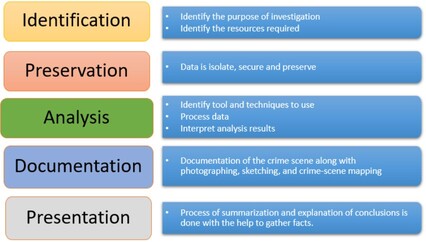FINDIT® eDiscovery and Cybersecurity Investigations

Empowering Legal Expertise with Advanced Cybersecurity
In the intricate weave of the digital era, ProactiveRISK stands as a beacon of innovation, guiding legal professionals through the complexities of eDiscovery and cyber investigations. Our commitment to your success is reflected in our comprehensive suite of support services, meticulously designed to secure and streamline the management of electronic evidence.
Our Core Services:
In the quest for a secure and victorious litigation process, Proactive Risk is more than a service provider; we are your strategic ally. Harness the full potential of technology with us by your side. Reach out to Proactive Risk, and let’s shape a future where technology and legal expertise converge for your triumph.
In the intricate weave of the digital era, ProactiveRISK stands as a beacon of innovation, guiding legal professionals through the complexities of eDiscovery and cyber investigations. Our commitment to your success is reflected in our comprehensive suite of support services, meticulously designed to secure and streamline the management of electronic evidence.
Our Core Services:
- Data Preservation and Collection: At Proactive Risk, we are meticulous about maintaining the pristine condition of digital evidence. Our experts employ the most sophisticated collection techniques to preserve data integrity, ensuring its admissibility and upholding the chain of custody.
- Data Processing and Analysis: The digital realm is vast, but our state-of-the-art tools and methods refine this expanse into manageable insights. By filtering through noise, we spotlight the information that matters, powered by a synergy of cybersecurity acumen and legal insight.
- eDiscovery Platform Implementation: Tailoring our technology to fit your firm’s needs, we stand by you at every step—selecting, integrating, and mastering the eDiscovery tools that will revolutionize your data management and security protocols.
- Data Review and Document Examination: With precision and expertise, our team navigates through electronically stored information (ESI), ensuring that no critical document goes unnoticed.
- Cybersecurity Consultation: In a landscape where digital threats evolve daily, our cybersecurity consultants fortify your legal practice, safeguarding sensitive data against the unforeseen, and keeping you compliant with the stringent industry standards.
- Expert Testimony and Courtroom Support: When technical complexity meets legal scrutiny, our specialists articulate the intricacies with clarity and authority, providing invaluable support in the courtroom.
- Unparalleled Expertise: Our fusion of cybersecurity specialists and seasoned legal professionals delivers a dual advantage—robust defense against digital threats paired with insightful legal strategy.
- Impermeable Security: We enshrine the security of your data with cutting-edge encryption and the highest industry-standard protocols, so confidentiality is never compromised.
- Enhanced Efficiency: Through our advanced eDiscovery solutions, we optimize the legal review process, delivering expedited results that conserve both time and capital.
- Rigorous Compliance: Our commitment to legal standards and best practices isn’t just a promise—it's the backbone of our operation, ensuring the integrity and admissibility of your digital evidence.
- Client-Centric Methodology: We don’t just understand the digital challenges you face—we anticipate them, offering bespoke solutions that align with your distinct objectives.
In the quest for a secure and victorious litigation process, Proactive Risk is more than a service provider; we are your strategic ally. Harness the full potential of technology with us by your side. Reach out to Proactive Risk, and let’s shape a future where technology and legal expertise converge for your triumph.
